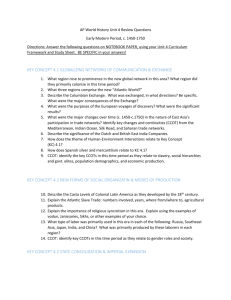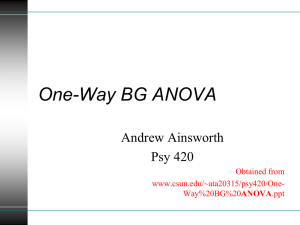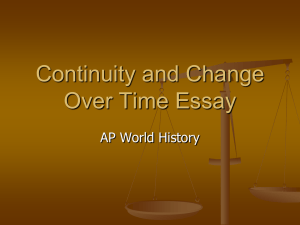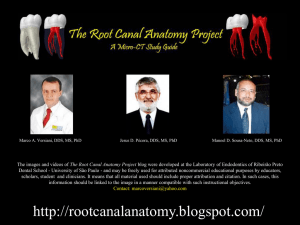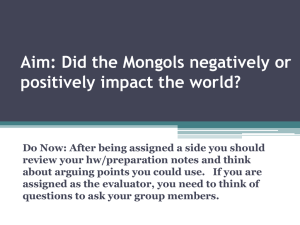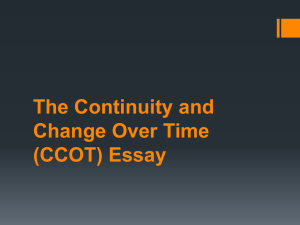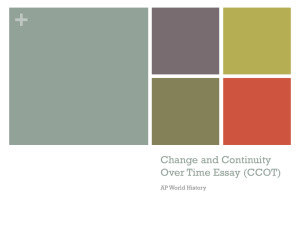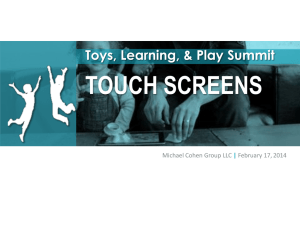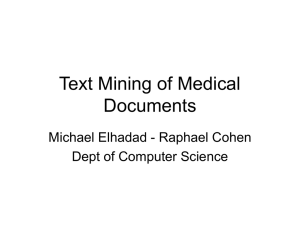Timed writing
advertisement
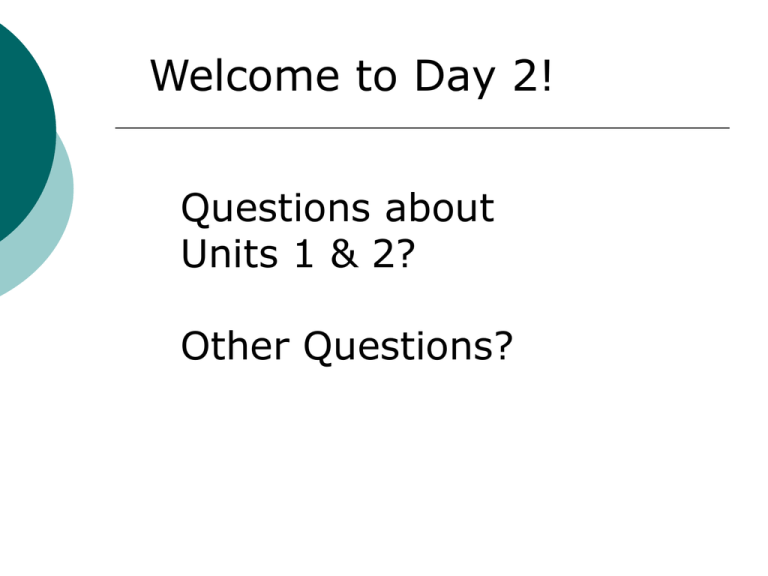
Welcome to Day 2! Questions about Units 1 & 2? Other Questions? Word Bank: reincarnation piety divine right feudal afterlife pilgrims convert sacred texts celibacy missionaries (2) monks filial deity Unit 1, Vocabulary Quiz #2 1. “Pre-Christian practices such as ___________, continual devotion to prayer, and living apart from society (alone or in small groups) came together in Christian form in Egypt.” 2. “By the Greek Classical period a number of ‘mystery’ cults had gained popularity by claiming to provide secret information about the nature of life and death and promising a blessed ______________________ to their adherents.” 3. “With nirvana came release from the cycle of ________________________ and achievement of a state of perpetual tranquility.” 4. “The Christian emperors in Constantinople sent ___________________________ along the Red Sea trade route to seek converts in Yemen and Ethiopia.” 5. “As Buddhism spread, Southeast Asia became a way station for Indian _____________ and East Asian ___________________ going to and coming from the birthplace of their faith.” 6. “Meng Yi Zi asked about the meaning of ________________ piety. Confucius said, ‘It means not diverging from your parents.’” 7. “Large numbers of people began to __________________ when they saw that Christians seeking political office or favors from the government had clear advantages over non-Christians.” 8. The Rig Veda, the Torah, and the New Testament, are all examples of _______________ ____________________. 9. “It became common to refer to medieval Europe as a ‘______________ society’ in which kings and lords gave land to ‘vassals’ in return for sworn military support.” 2012 CCOT Question Analyze continuities and changes in trade networks between Africa and Eurasia from circa 300 C.E. to 1450 C.E. 2012 CCOT Question: Analyze continuities and changes in trade networks between Africa and Eurasia from circa 300 C.E. to 1450 C.E. Directions: 1. List 5 changes and 5 continuities in trade networks, e.g. routes, merchants, commodities, technology 2. Draft a thesis statement Scoring the CCOT Essay •Go to Tab 2, CED, p. 120 •Discuss the CCOT generic rubric •Compare to the 2012 rubric, p. 33 •Discuss the checklist scoring sheet •Score the 2012 CCOT essays: Samples 2B (p.40) and 2F (p. 35) Period 3: Regional and Transregional Interactions c. 600 CE to c. 1450, Cohen packet, p. 32 Six Weeks: More Connections, Urbanization, and Imperial Expansions Week #1: Islam and urbanization, Crusades, Schisms Timed writing: mini-DBQ on crusades Week #2: Silk Road trade networks, Chinese model in East Asia and urbanization, Simulation of trade in AfroEurasia (including Mali Empire and Swahili city-states) Timed writing: 2009 CCOT essay on Silk Rpad Timed writing: DBQ on Buddhism in China (2004 exam) Week #3: Compare European and Japanese feudalism Compare Role of Viking and Arab Expansions Week #4: Mongols across Eurasia and the destruction of cities in Southwest Asia, Black Death and the rise in European wages, Marco Polo and Ibn Battuta Timed writing: Comparative Essay on the effects of the Mongols (2005 Exam) Week #5: Bantu migrations and Mayan empires and urbanization; Aztec and Incan empires and urbanization Week #6: Ming Treasure Ships and Indian Ocean trade networks (Swahili coast) Map Quiz: CCOT in Trade Networks from the Classical to end of Post-Classical Periods Unit Test 3.1. Expansion and Intensification of Communication and Exchange Networks and 3.3. Increased Economic Productive Capacity and Its Consequences Curriculum Module: Muslim Agricultural Revolution Work in pairs to identify the foods listed in Arabic or Persian Identify the origin of the foods on the map on p. 87 Discuss the questions on pp. 84 – 86 Discuss lesson strategies Chinese Dynasties Song (to the tune of Frere Jacques), Cohen binder, p. 33 Shang, Zhou, Qin, Han Shang, Zhou, Qin, Han Sui, Tang, Song Sui, Tang, Song Yuan, Ming, Qing, The Republic Yuan, Ming, Qing, The Republic Mao Zedong Deng Xiaoping One Method for Analyzing Sources, Cohen pkt, p. 40 Directions: Use the following Acronym – SOAPS TONE to identify the point of view (POV) of the author of the document. S - SPEAKER - WHO? O - OCCASION - WHEN? WHERE? A - AUDIENCE - TO WHOM? P - PURPOSE - WHY? S - SUBJECT - WHAT? TONE – What kind of words does the author use to show his/her opinion on the topic? Analyze this image Select the source analysis method you think will be best for your students Use that method to analyze the two documents in the "Crusades MiniDBQ“, Cohen pkt, p. 44 Trade Simulation, Cohen pkt, p. 35 Entrepot groups make table tent sign. Entrepot groups make trade plans Who will travel and who will stay? What will you plan to sell in each round? What will you plan to buy in each round? How will you keep track of your trade activities? Process simulation. Why focus on the Chinese Song Empire (960-1279)? (Binder, p. 46) Urbanization Commercialization Manufacturing Export economy Neo-Confucianism 3.2 Continuity and Innovation of State Forms and their Interactions Comparing feudalisms, Cohen binder, p. 49 Continuation of empires Caliphates Compare Migrations Cohen pkt, p. 50, Polynesian and Bantu migrations Viking migrations, p. 51 3.2 Continuity and Innovation of State Forms and their Interactions Who is this? Largest land empire in world history and caused substantial political, economic, and social changes through direct imperial rule or through accidental spread of the bubonic plague The Mongols, continued THE TRIAL OF GENGHIS KHAN Cohen pkt, p. 52 Evaluate theses on Mongols [Cohen pkt, p. 57] Review Unit 3: analyze these images Korean Confucian What else do you want to know about Unit 3? Content? Assessments? Pacing? Skill Focus: Periodization Historical thinking involves the ability to describe, analyze, evaluate and construct models of historical periodization, recognizing that the choice of specific dates privileges one narrative, region or group over another narrative, region or group. Create an annotated timeline: Focus on one theme and show the major developments for Periods 1 - 3. Include between 5 and 10 events and draw at least one picture. Indian Ocean Trade and the Rise of New Islamic Empires Another seminar, oh no!! Aztec and Incan complex societies, Cohen pkt, p. 65
